Hospitals Lose Money During Pandemic; Healthcare Workers Face Layoffs, Cut Hours Faced with lost revenue from canceled elective procedures, hospitals laid off 1.4 million health care workers in April, including nearly 135,000 from hospitals.



“In the 1960s, Italian media uncovered evidence that the Vatican had invested in entities that conflict directly with the church’s holy mission, including Istituto Farmacologico Serono, a pharmaceutical company that made birth control pills, and Udine, a military weapons manufacturer. There have also been unconfirmed rumor of church money in firearms manufacturer Beretta and companies with activities in gambling and pornography. It has been linked to dealings with Nazi gold during World War II as well.”
How much real estate does the Catholic Church own? What are its equity holdings? These questions, and more, not answered.
Author: Emily StewartPublish date:
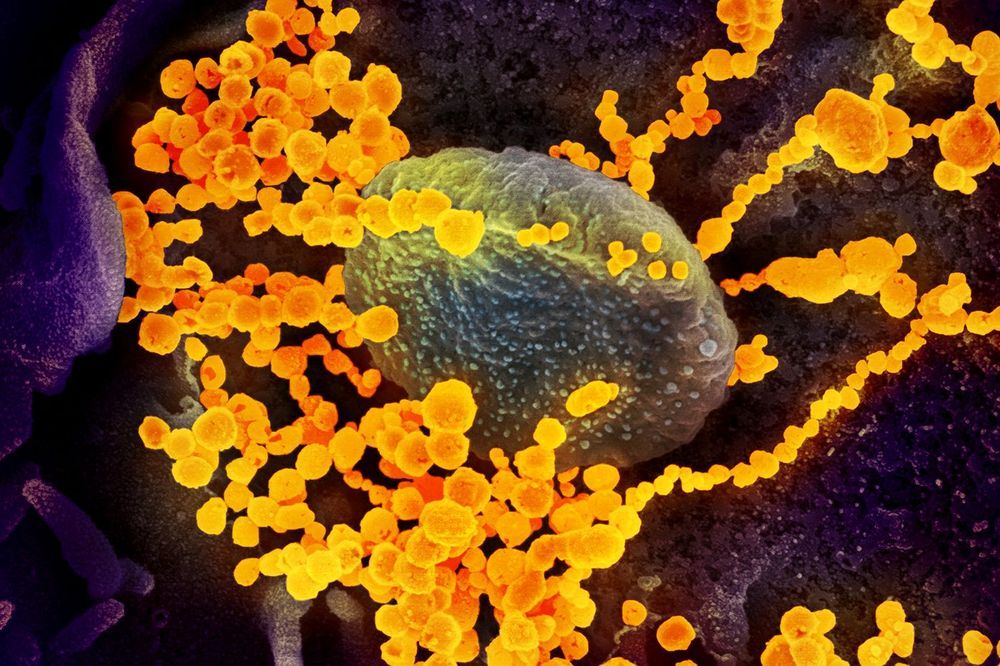
There is no vaccine or specific treatment for COVID-19, the disease caused by the severe acute respiratory syndrome coronavirus 2, or SARS-CoV-2.
Since the outbreak began in late 2019, researchers have been racing to learn more about SARS-CoV-2, which is a strain from a family of viruses known as coronavirus for their crown-like shape.
Northeastern chemical engineering professor Thomas Webster, who specializes in developing nano-scale medicine and technology to treat diseases, is part of a contingency of scientists that are contributing ideas and technology to the Centers for Disease Control and Prevention to fight the COVID-19 outbreak.
The idea of using nanoparticles, Webster says, is that the virus behind COVID-19 consists of a structure of a similar scale as his nanoparticles. At that scale, matter is ultra-small, about ten thousand times smaller than the width of a single strand of hair.
Webster is proposing particles of similar sizes that could attach to SARS-CoV-2 viruses, disrupting their structure with a combination of infrared light treatment. That structural change would then halt the ability of the virus to survive and reproduce in the body.

Viruses are likely to be widespread across the cosmos, says expert. The good news is that most if not all are unlikely to pose threats to space-faring humans.
As this wretched COVID-19 disease has so acutely demonstrated, we live in an ecological duopoly of predator versus prey. Nothing about this set-up is going to change. At least a part of this microbial world is going to continue to wreak havoc on humans anytime it can.
Thus, in our current quest to move off-world, first to the Moon and Mars, then even further afield what are the chances that any given exo-earth will also harbor microbes that will be lethal to other living organisms? In other words, will this predator versus prey dynamic play out on a grand cosmic scale?
Most if not all ecosystems on Earth depend on some life forms feeding on other life forms for energy or other nutrients. I don’t see any reason that this would not be similar on exoplanets that harbor life, Ken Stedman, a virologist at Portland State University in Oregon, told me.

Researchers at the University of Pittsburgh in collaboration with Magee Women’s Research Institute are developing a nasal spray that they say can possibly prevent a coronavirus infection.
The active ingredient used in the nasal spray is a protein called Q-Griffithsin, which is extracted from algae and tobacco plants. The researchers believe that this protein molecule will bind to the coronavirus and prevent it from infecting healthy cells.
The protein molecule was originally developed to potentially prevent several other infections. Animal studies revealed that Q-Griffithsin worked effectively against MERS, SARS, hepatitis, Ebola, and several other viruses.
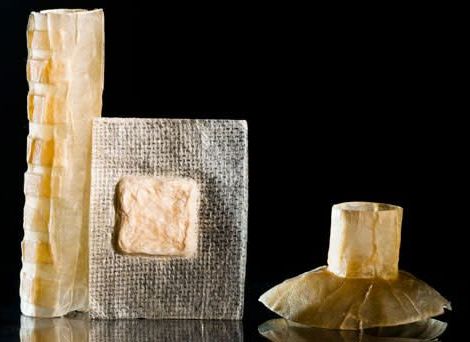
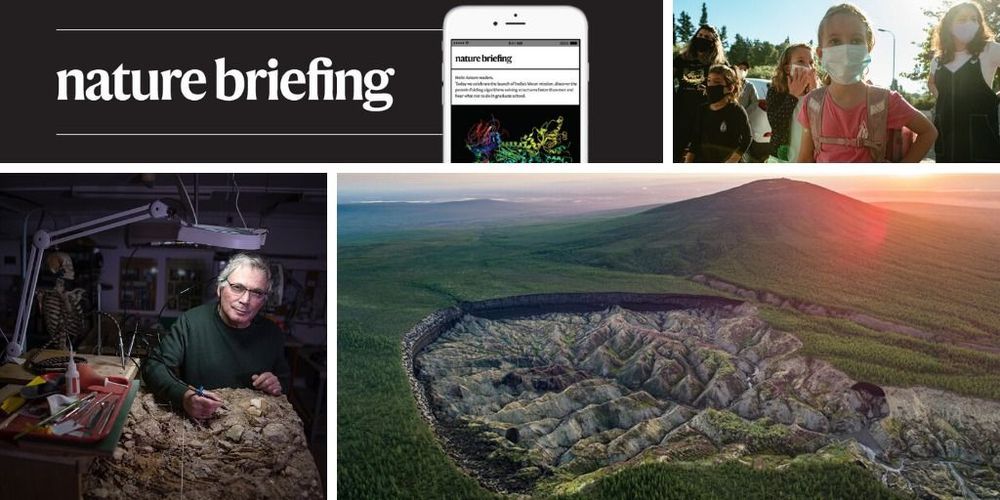
Dark-matter device will use a Bose–Einstein condensate of rubidium-87 atoms to search for axions. Plus, the science still isn’t clear on how children spread the coronavirus and the month’s best science images. Dark-matter device will use super-cooled atoms to search for axions. Plus, the science still isn’t clear on how children spread the coronavirus and the month’s best science images.
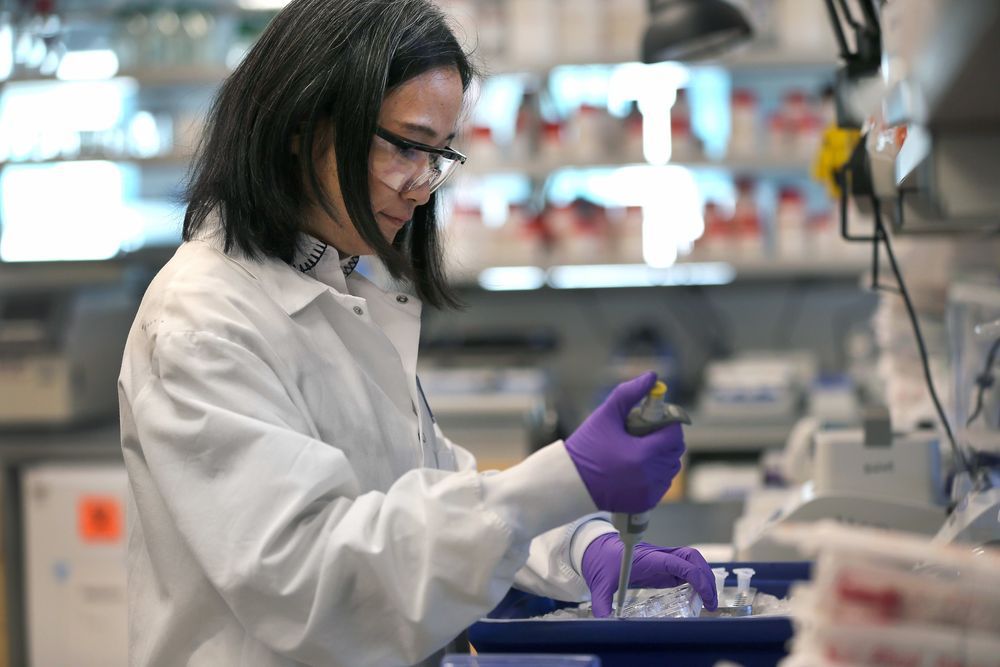
The company said it expects to “incur significant expenses this year” related to the development of and manufacturing of its potential vaccine. However, it added that it expects “a close matching of expenses and reimbursements for those expenses” from its award by the Biomedical Advanced Research and Development Authority.
BARDA, which is a part of the Department of Health and Human Services, last month warded Moderna up to $483 million in funding to accelerate development of the Covid-19 vaccine candidate.
The race to develop anything to fight the coronavirus is intensely competitive and investors are watching closely for signs of progress on treatments and vaccines. Moderna, as well as other companies in the race, is ramping up manufacturing ahead of approval so that it can rapidly distribute doses if their candidate proves effective against the virus and safe for humans.
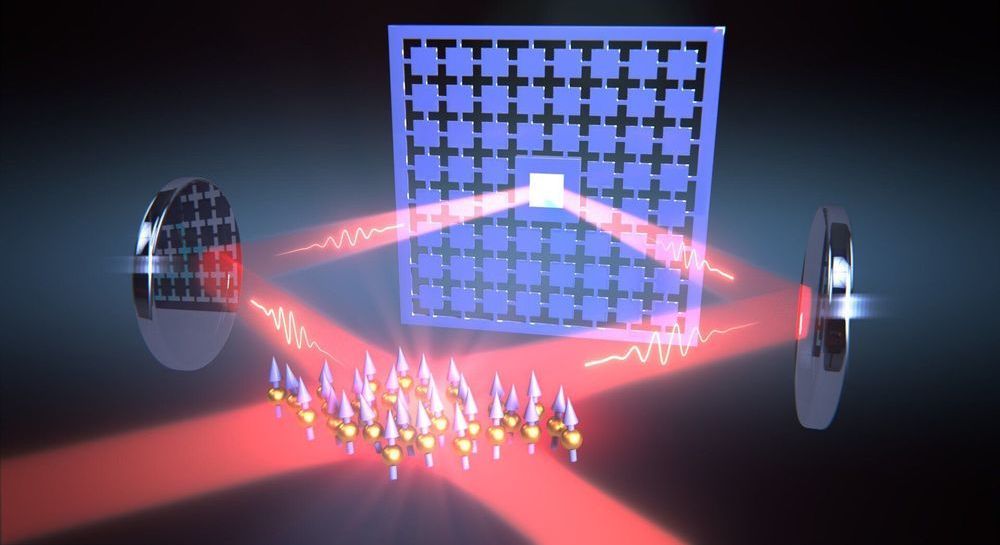
For the first time, researchers have succeeded in creating strong coupling between quantum systems over a great distance. They accomplished this with a novel method in which a laser loop connects the systems, enabling nearly lossless exchange of information and strong interaction between them. In the journal Science, physicists from the University of Basel and University of Hanover reported that the new method opens up new possibilities in quantum networks and quantum sensor technology.
Quantum technology is currently one of the most active fields of research worldwide. It takes advantage of the special properties of quantum mechanical states of atoms, light, or nanostructures to develop, for example, novel sensors for medicine and navigation, networks for information processing and powerful simulators for materials sciences. Generating these quantum states normally requires a strong interaction between the systems involved, such as between several atoms or nanostructures.
Until now, however, sufficiently strong interactions were limited to short distances. Typically, two systems had to be placed close to each other on the same chip at low temperatures or in the same vacuum chamber, where they interact via electrostatic or magnetostatic forces. Coupling them across larger distances, however, is required for many applications such as quantum networks or certain types of sensors.

As the number of confirmed COVID −19 cases worldwide approaches 4 million and the pandemic could be with us for months or years, we look at who can access drugs like remdesivir, being developed by pharmaceutical giant Gilead, which has the patent for the drug and is poised to make massive profits. We look at how much drugs like remdesivir will cost, and who can access them, with writer Achal Prabhala, coordinator of the AccessIBSA project, which campaigns for access to medicines in India, Brazil and South Africa.
This is viewer supported news. Please do your part today.